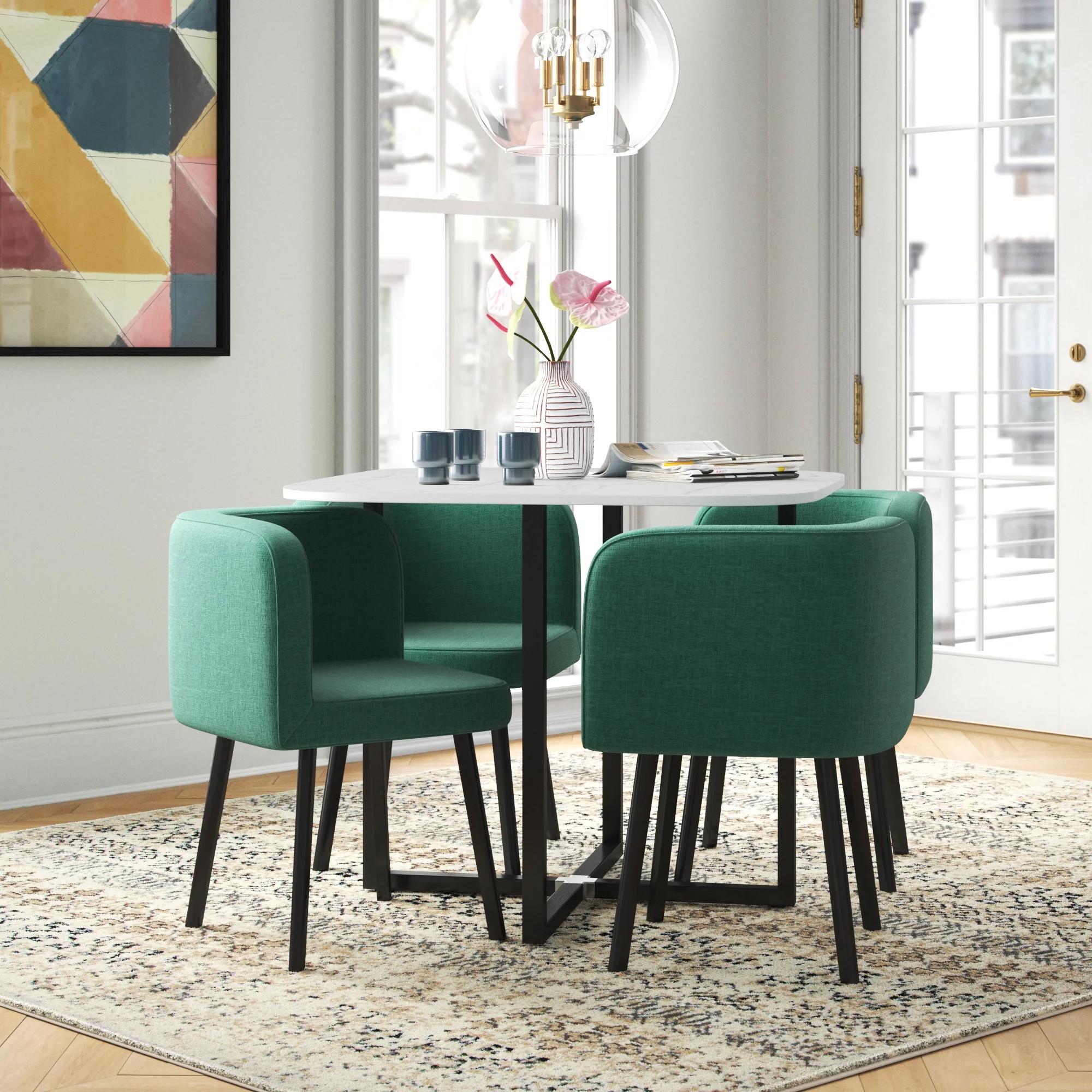Home
Welcome to Marie Claire, the brand women turn to for style guides, beauty tips, award-winning features, celebrity news, and more.
-

I Found the Ultimate Luxury Cleaning Tools—and They're on Major Sale Right Now
Sponsor Content Created With Dreame
If you need a little spring cleaning motivation.
By Emma Walsh Published
-
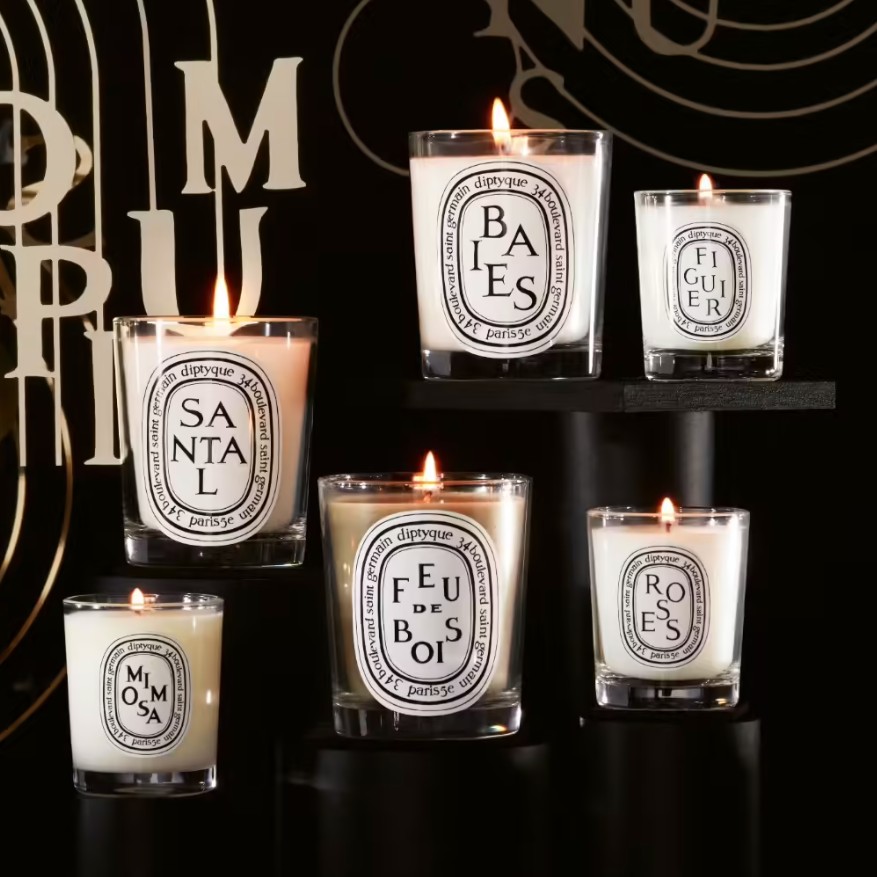
Finding These Luxury Candles On Sale Is Like Snagging a Birkin at Half-Price
Run, don't walk, to stock up on your favorite scents this Cyber Monday.
By Brooke Knappenberger Last updated
-
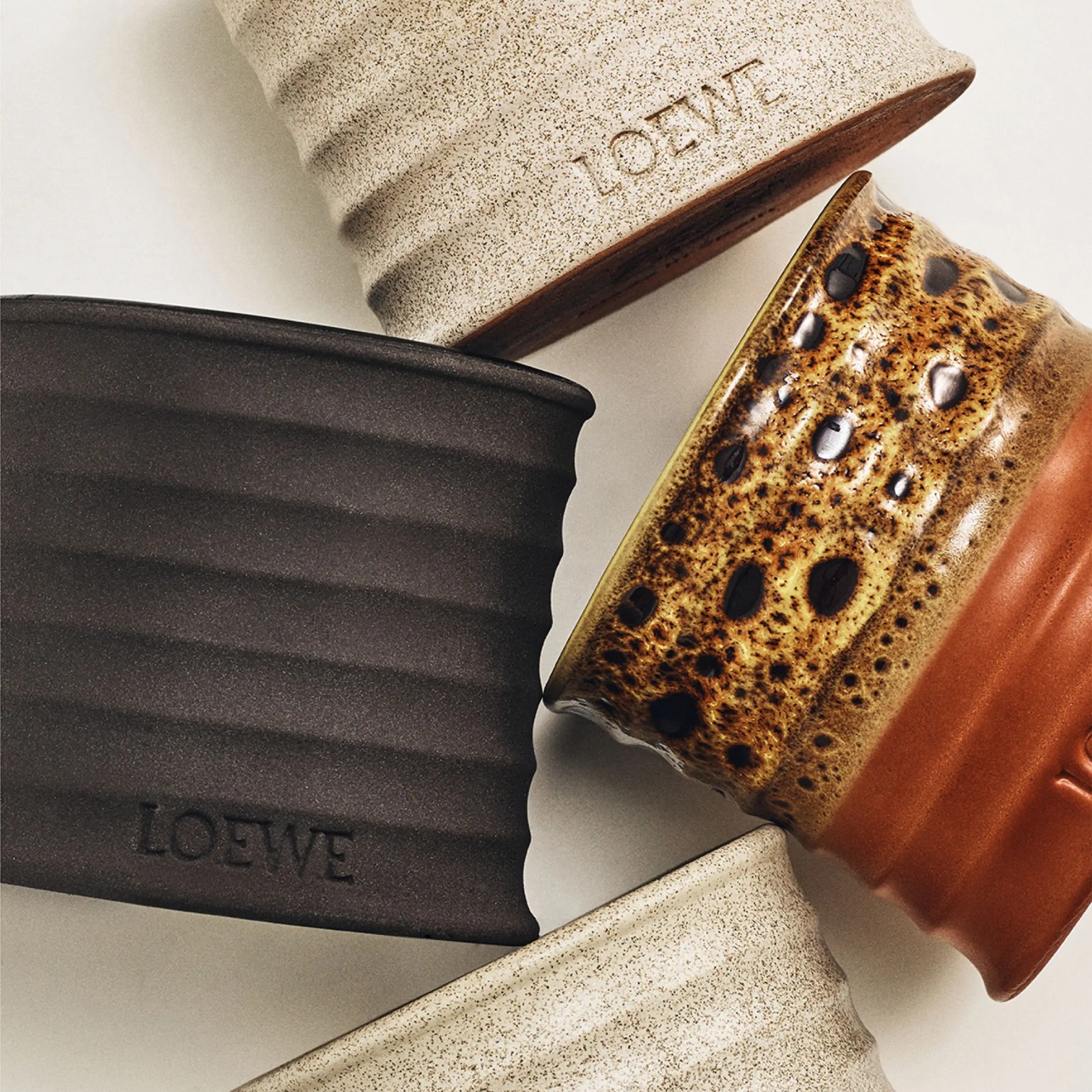
Why Yes, I Do Want My Home to Smell Like a 5-Star Hotel
These luxury candles can make it happen.
By Samantha Holender Last updated
-
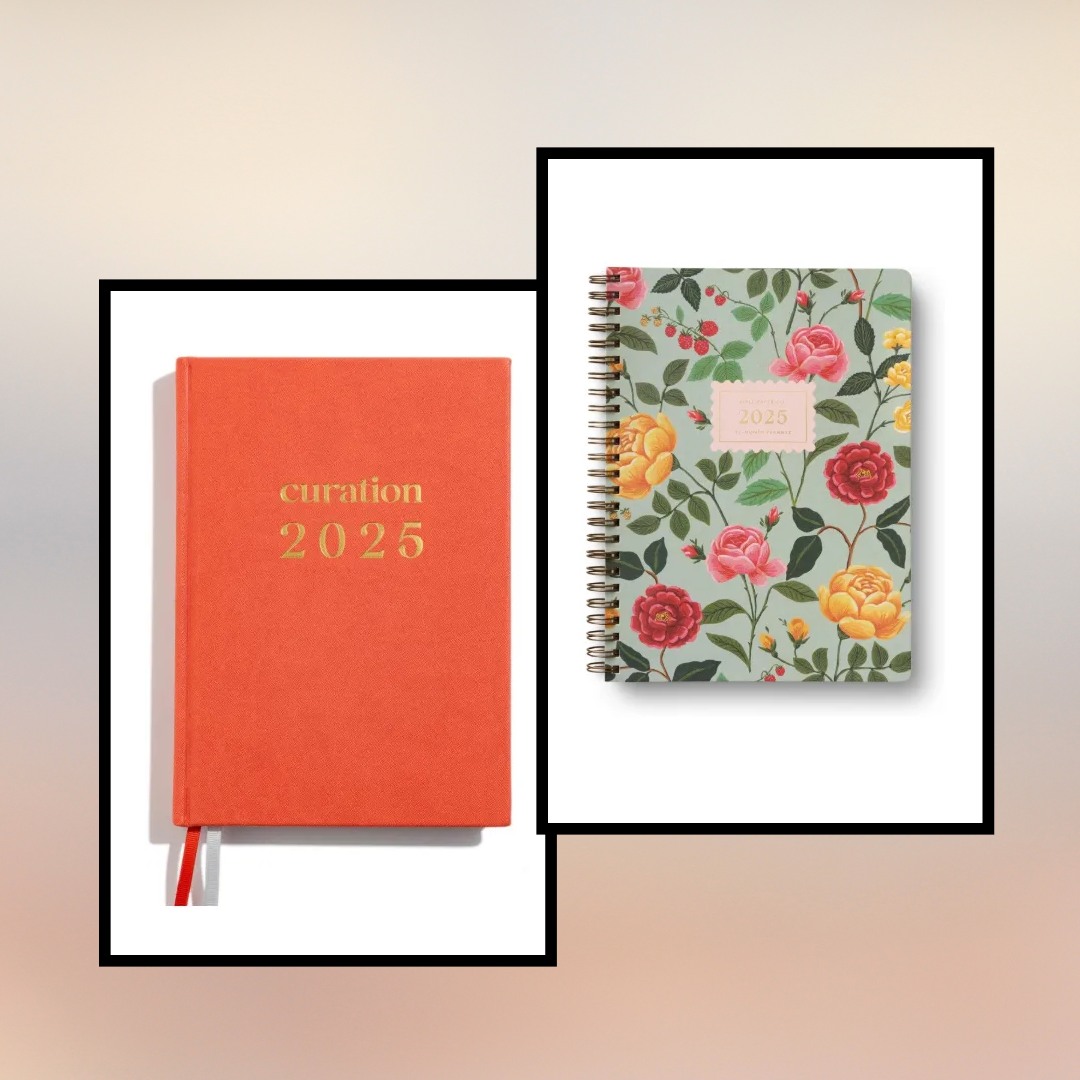
The Best 2025 Planners to Keep You Perfectly Organized All Year
You'll never want to leave home without yours.
By Brooke Knappenberger Last updated
-
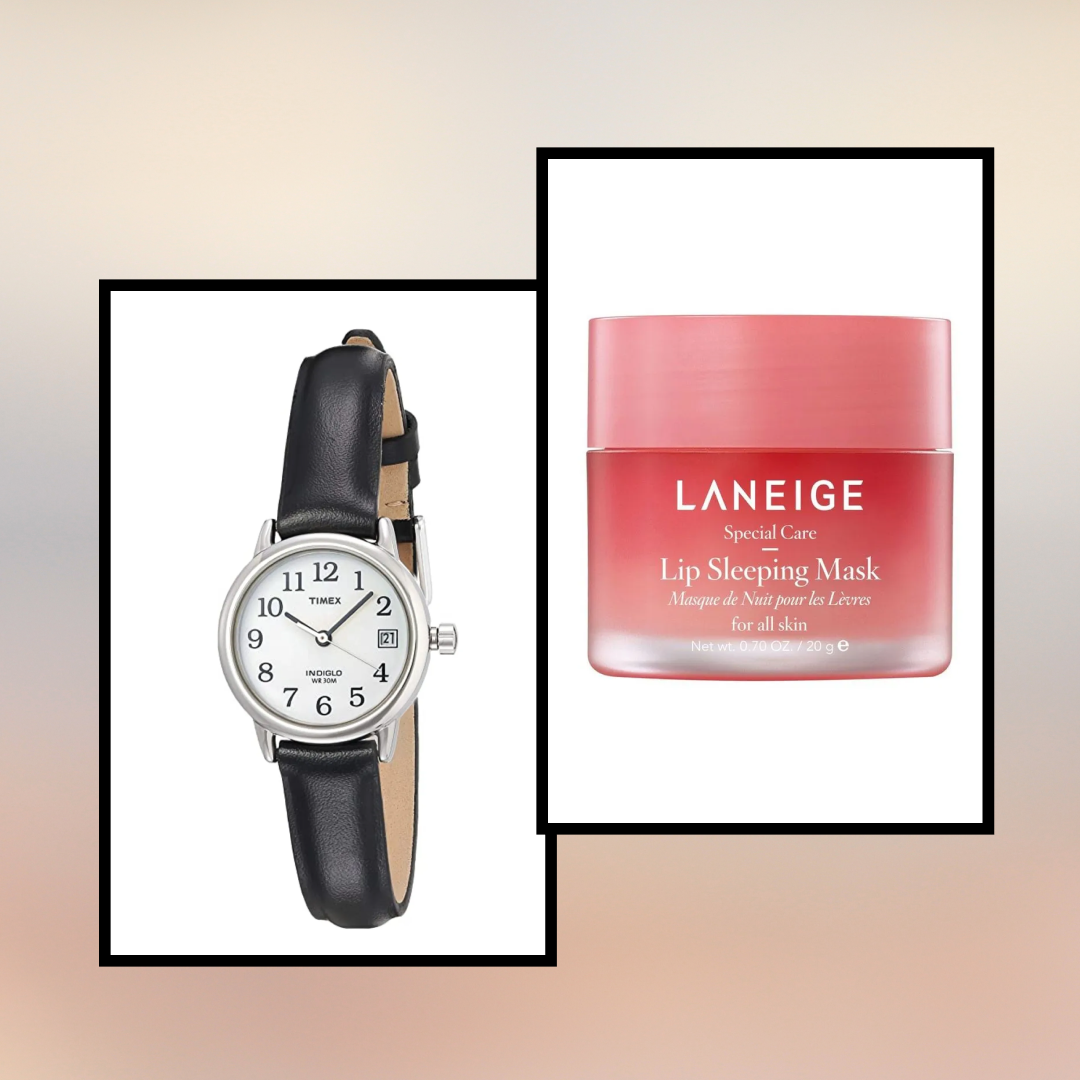
62 Gifts on Amazon For Everyone on Your Shopping List
Editor-approved finds in fashion, beauty, home, and more.
By Brooke Knappenberger Last updated
-

This Projector is the Reason I Stopped Going Out on Weekends
And it made my TV obsolete.
By Julia Marzovilla Published
-

Here's the Best Way to Improve Your Sleep Quality
Sponsor Content Created With Sleep Number
By Raina Mendonça Published
-

Every Pet Owner Needs This Holy-Grail Service
Sponsor Content Created With Dutch
By Emma Walsh Published
-

If You Want to Type Comfortably All Day Long, You Need This Keyboard
I'll never use a flat keyboard again.
By Quinci LeGardye Published
-

Power Pick: Smart Mirror InstaView Counter-Depth MAX Refrigerator
"I've officially entered refrigerator heaven."
By Deena Campbell Published
-

The Art-Meets-Tech Piece That Will Completely Transform Your Living Space
Sponsor Content Created with LG
By Anneliese Henderson Published
-

Virtual Gifts for When You Can't Be There IRL
Show someone how much they mean to you (without leaving your couch).
By Bianca Rodriguez Last updated
-
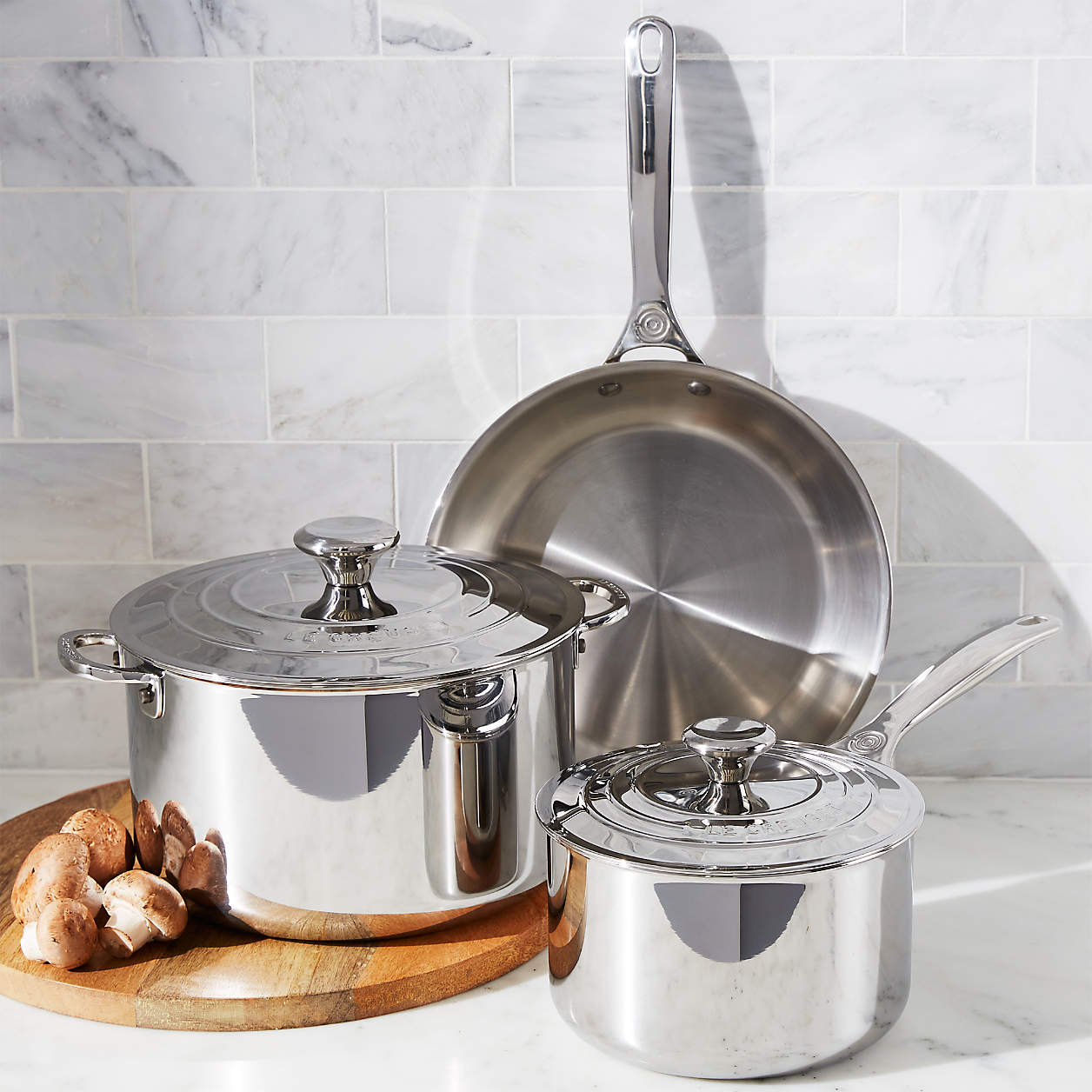
Le Creuset’s Legendary, 10-Piece Cookware Set Is Over $450 Off For Black Friday
Cook like a professional, at a fraction of the price.
By Gabrielle Ulubay Last updated
-

The Best Dog Gifts for Your Good Boy (or Girl)
You're not a regular dog mom, you're a cool dog mom.
By Jenny Hollander Last updated
-
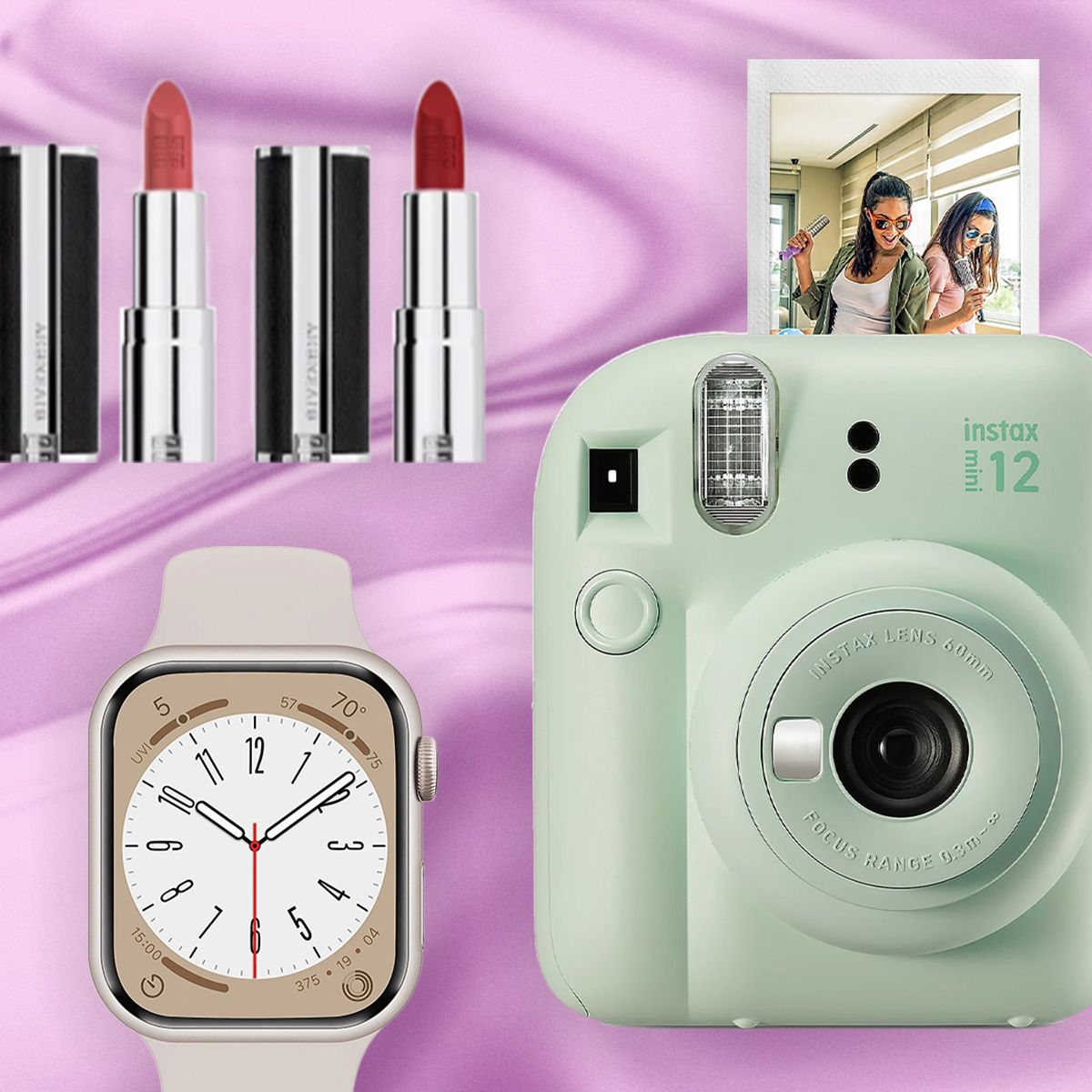
16 Top-Tier Items to Gift With This Holiday Season
Get a head start this year.
By Raina Mendonça Published
-
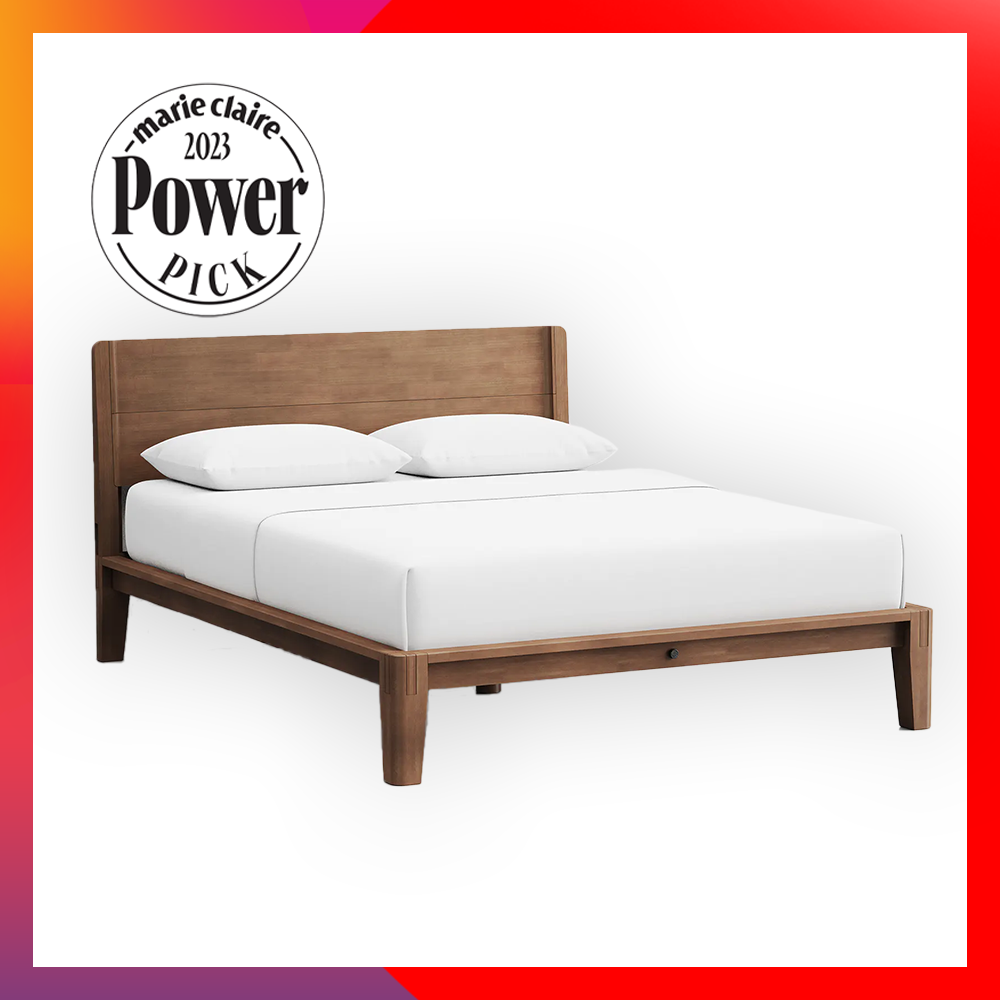
Thuma's Cult-Favorite Bed Frame Is the Best Thing I Bought for My New Apartment
Spoiler: It requires no tools to build.
By Julia Marzovilla Published
-
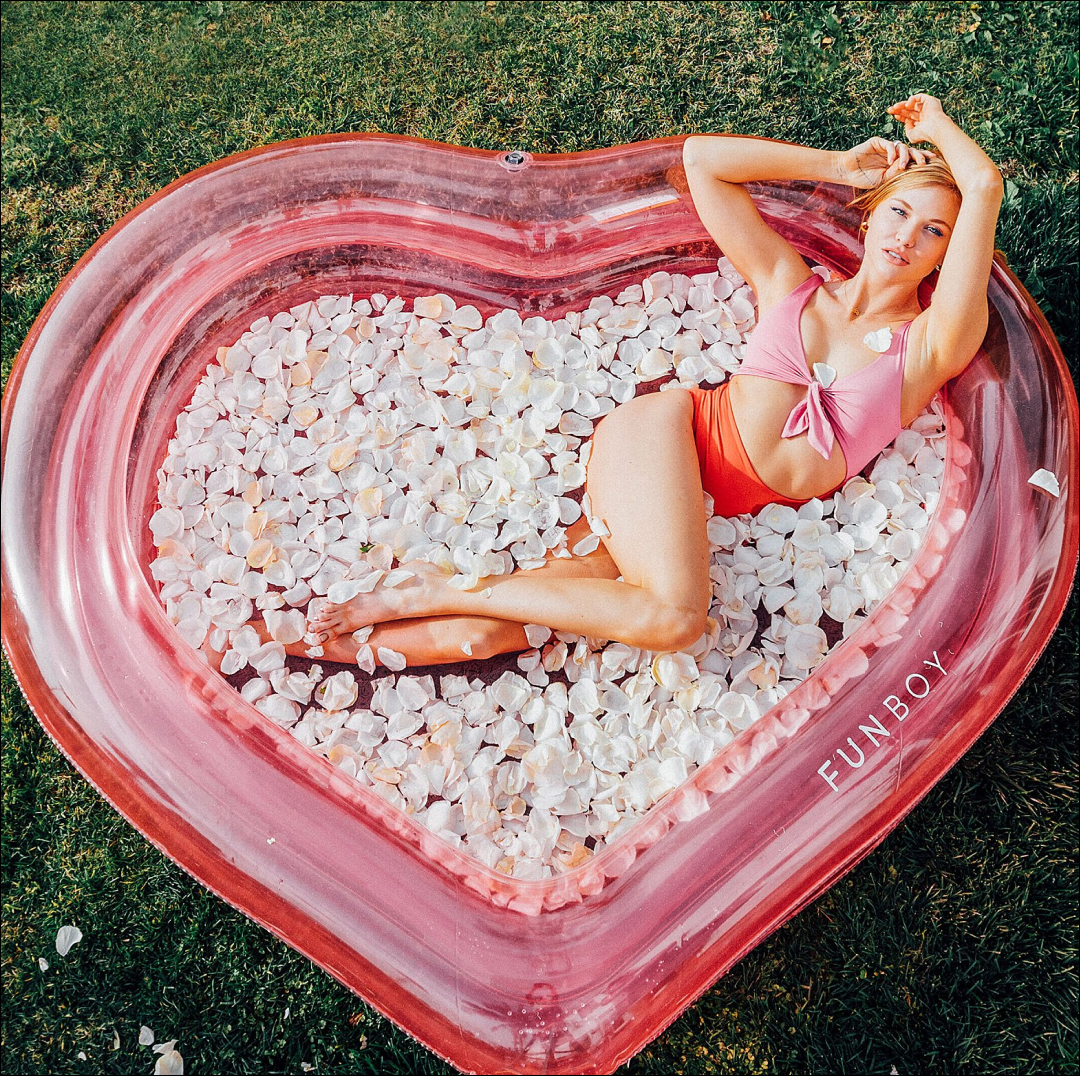
The Key to a Barbie-Girl Summer? A Fun Inflatable Pool
This Barbie beats the heat in style.
By Julia Marzovilla Last updated
-
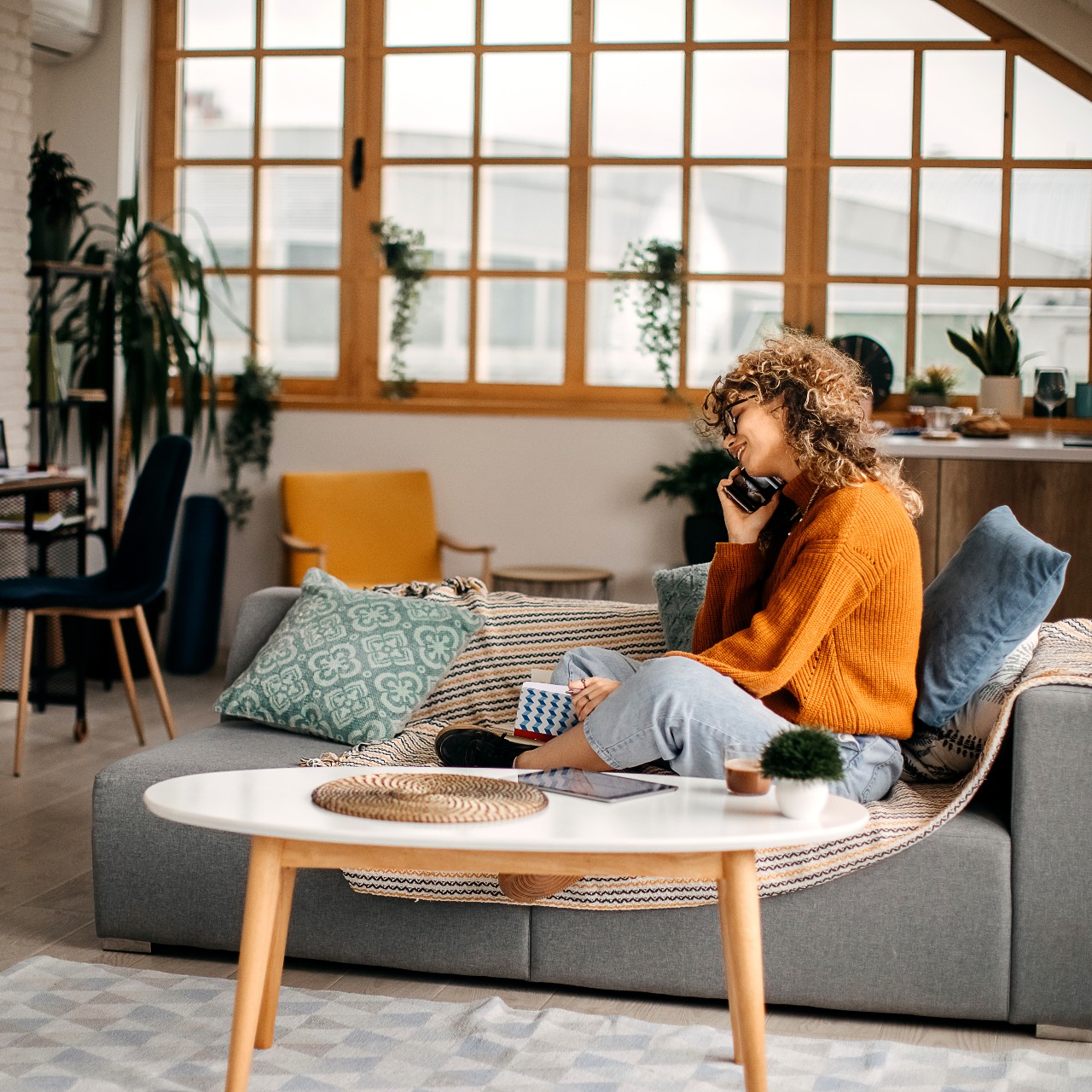
I Just Moved—These 21 Small Apartment Essentials Are Going in My Cart on Prime Day
Filling your cart on Prime Day = the ultimate small-apartment hack.
By Julia Marzovilla Last updated
-

The Vitamix Blenders With a Cult-Like Following Are 30 Percent Off for Prime Day
Making gourmet easier than ever.
By Gabrielle Ulubay Last updated
-

I'm a Stationery Fiend—10 Must-Haves Are On Sale at Papier This Weekend
Staying organized never looked so pretty.
By Gabrielle Ulubay Published
-

Kylie Jenner and I Share The Same Favorite Phone Case Brand
The serotonin-boosting case I can't go a day without.
By Gabrielle Ulubay Published
-
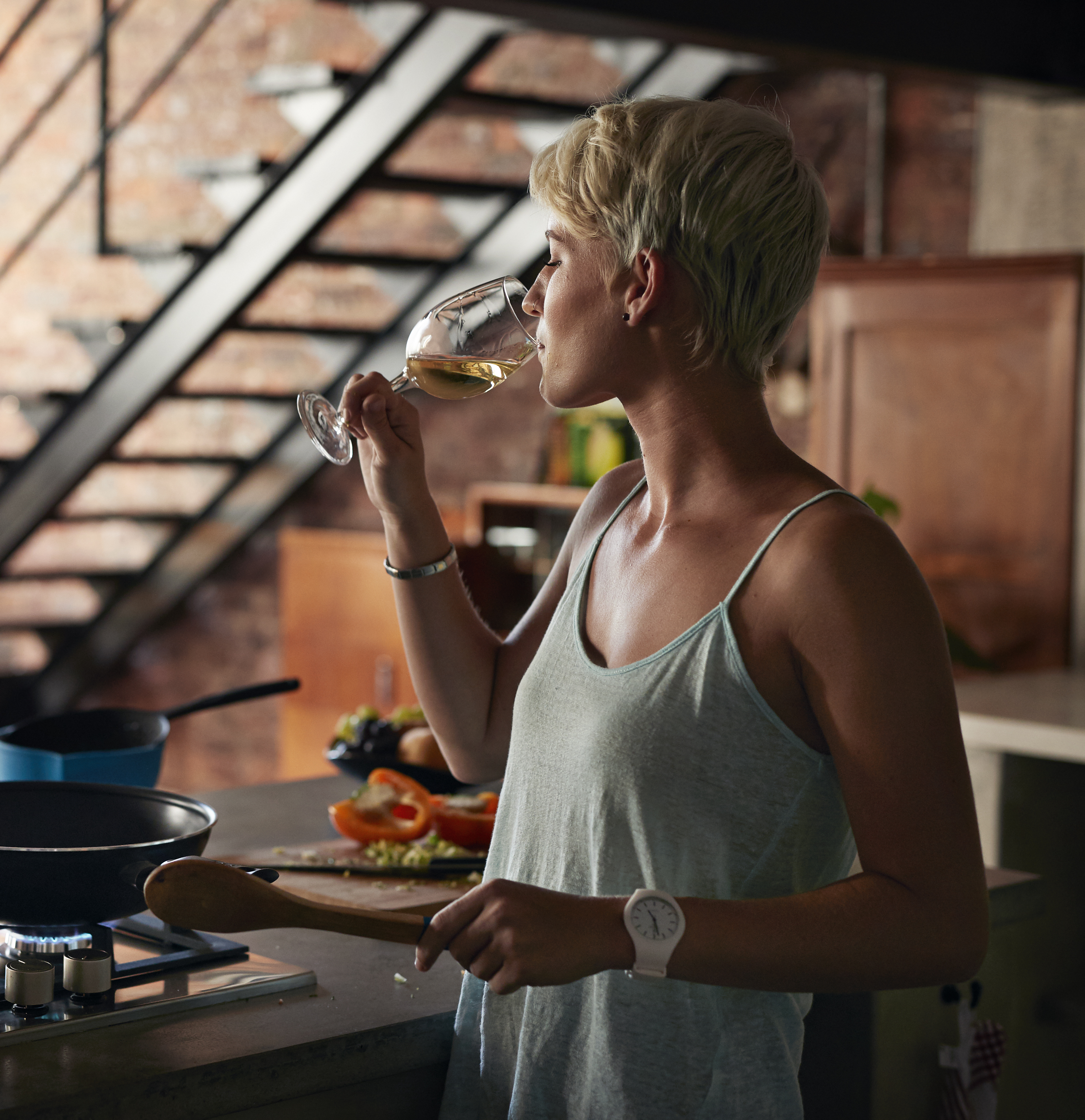
The Best Home Items From Nordstrom's Winter Sale
Nesting, made simple.
By Gabrielle Ulubay Published
-

Power Pick: NOUHAUS Classic Massage Chair
The chair that turned me into a homebody.
By Gabrielle Ulubay Published
-

The 2022 Power Pick Awards
Features Our editors talk about the products that powered their days all year long.
By Gabrielle Ulubay Published
Features -

Coffee Carafes That Will Keep Your Coffee Warm for Hours (We Promise)
Plus, an expert breaks down the differences between glass and thermal carafes.
By Julia Marzovilla Last updated
-
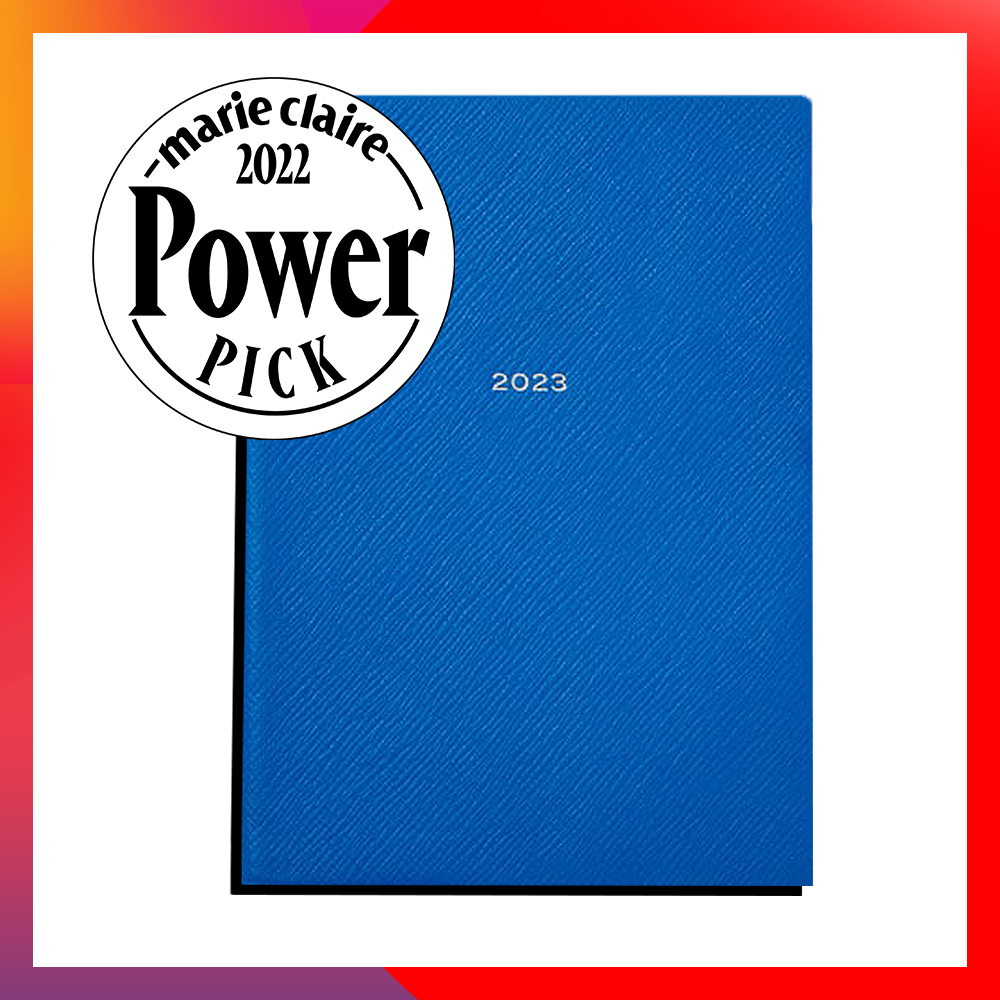
Why I Love My Smythson Soho Agenda
Without it, I'd be lost.
By Jenny Hollander Published



